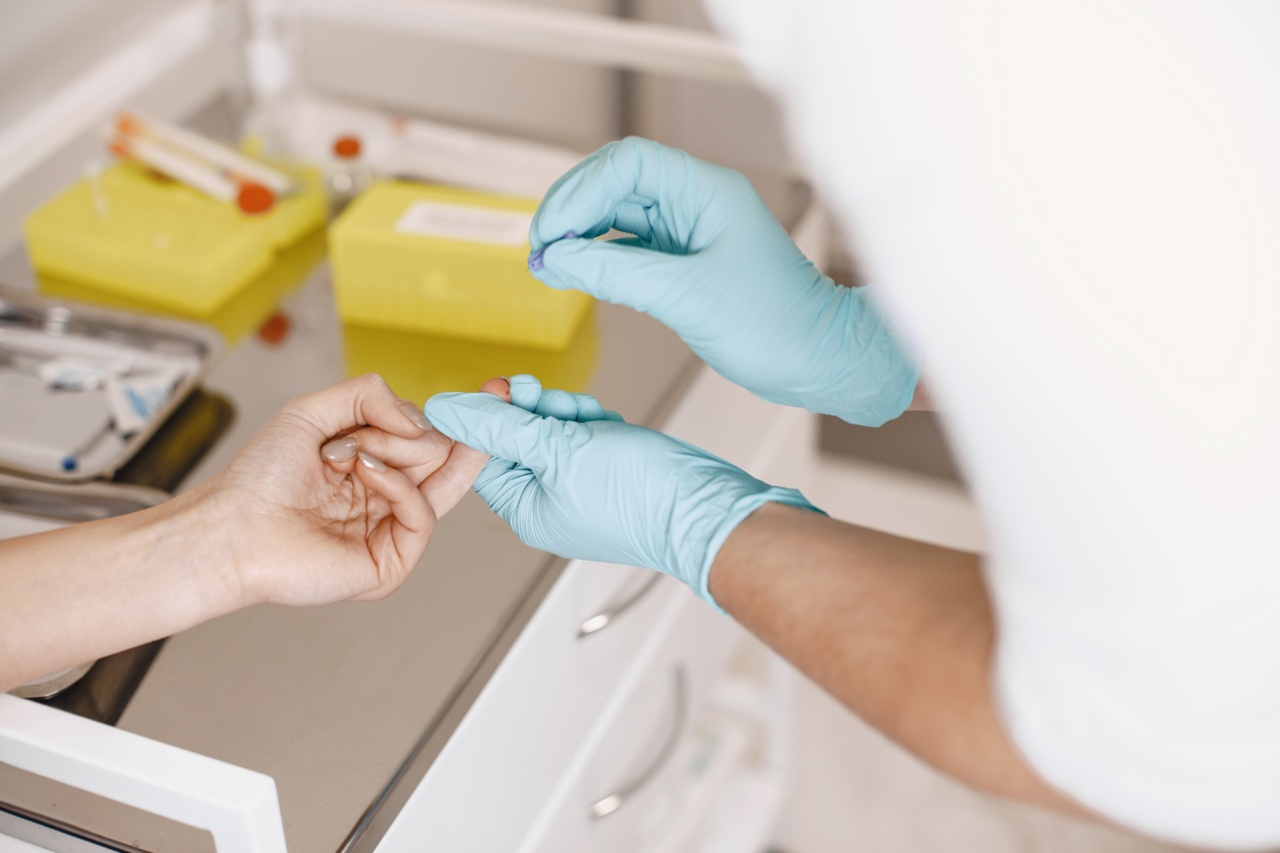Type 2 diabetes is a chronic condition that affects millions of people worldwide.
It is characterized by the body’s inability to properly regulate blood sugar levels due to the dysfunction of the pancreas, which is responsible for producing insulin. Insulin is a hormone that helps the body convert sugar into energy.
Traditionally, managing type 2 diabetes has involved monitoring blood sugar levels and administering insulin through injections or oral medications.
However, recent advancements in medical technology have paved the way for the development of an artificial pancreas, which has the potential to revolutionize the treatment of type 2 diabetes.
What is an Artificial Pancreas?
An artificial pancreas is a medical device that aims to mimic the function of a healthy pancreas by automatically monitoring blood sugar levels and delivering the necessary amount of insulin.
It consists of three main components: a continuous glucose monitor (CGM), an insulin pump, and a control algorithm.
The CGM constantly measures the glucose levels in the patient’s blood and sends the data to the control algorithm. The algorithm analyzes the data and calculates the appropriate amount of insulin required.
The insulin pump then delivers the insulin into the patient’s body through a subcutaneous tube.
Advantages of the Artificial Pancreas
The artificial pancreas offers several advantages over traditional diabetes management methods:.
- Blood Sugar Control: The artificial pancreas can provide more precise and accurate control of blood sugar levels, reducing the risk of hypoglycemia (low blood sugar) or hyperglycemia (high blood sugar) episodes.
- Convenience: Patients no longer need to manually measure their blood sugar levels or administer insulin injections. The artificial pancreas automates these processes, providing greater convenience and ease of use.
- Improved Quality of Life: The constant monitoring and precise insulin delivery offered by the artificial pancreas can significantly improve the quality of life for type 2 diabetes patients. It allows for better management of the disease without constantly worrying about blood sugar fluctuations.
Successful Testing and Promising Results
Extensive testing and clinical trials have been conducted to evaluate the effectiveness and safety of the artificial pancreas.
These studies have provided promising results, giving hope to type 2 diabetes patients who have long struggled with the challenges of managing their condition.
A landmark study published in the New England Journal of Medicine demonstrated the efficacy of the artificial pancreas in controlling blood sugar levels.
The study involved a group of type 2 diabetes patients who used the artificial pancreas for a period of six months. The results showed a significant improvement in glycemic control, with fewer instances of hyperglycemia and hypoglycemia compared to conventional treatment methods.
Another study conducted by the National Institutes of Health (NIH) showed similar positive outcomes.
The participants who used the artificial pancreas reported reduced diabetes-related distress and improved overall well-being compared to those using traditional methods of care.
Challenges and Future Developments
While the successful testing of the artificial pancreas brings new hope to type 2 diabetes patients, there are still some challenges that need to be addressed:.
- Accessibility and Affordability: The cost of the artificial pancreas system can be a significant barrier for many patients. Efforts are underway to make the technology more accessible and affordable for broader use.
- Ongoing Monitoring and Updates: The artificial pancreas requires continuous monitoring and updates to ensure optimal performance. Researchers are working on developing improved algorithms and sensors for better accuracy and reliability.
- Regulatory Approval: The artificial pancreas needs to undergo rigorous regulatory approval processes before it can be widely available. This ensures its safety, efficacy, and compliance with medical standards.
Despite these challenges, the future of the artificial pancreas looks promising. Ongoing research and development efforts aim to enhance the technology and address the limitations.
With continued advancements, the artificial pancreas has the potential to become a game-changer in the treatment of type 2 diabetes, improving the lives of millions of people worldwide.






























